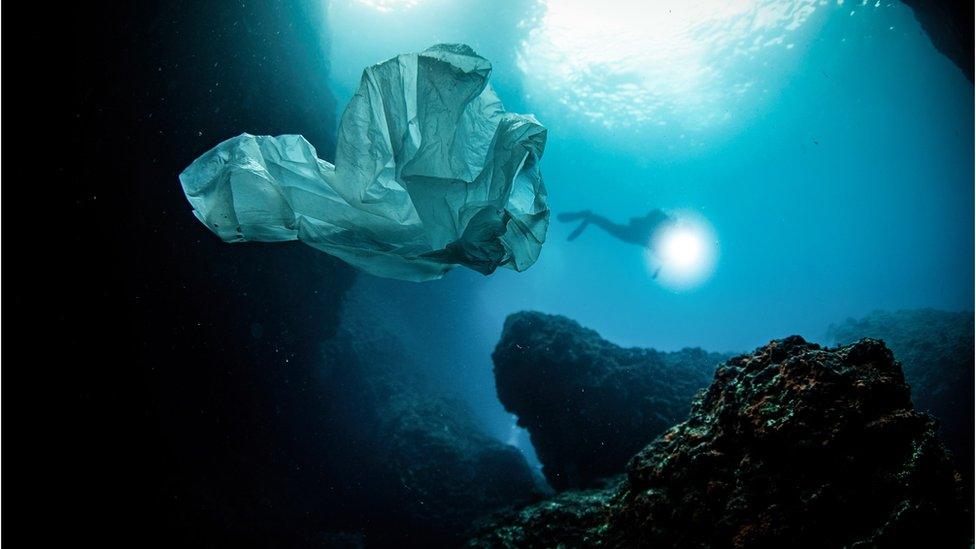Plastic: How paint could be an 'overlooked' threat to sealife
- Published
- comments
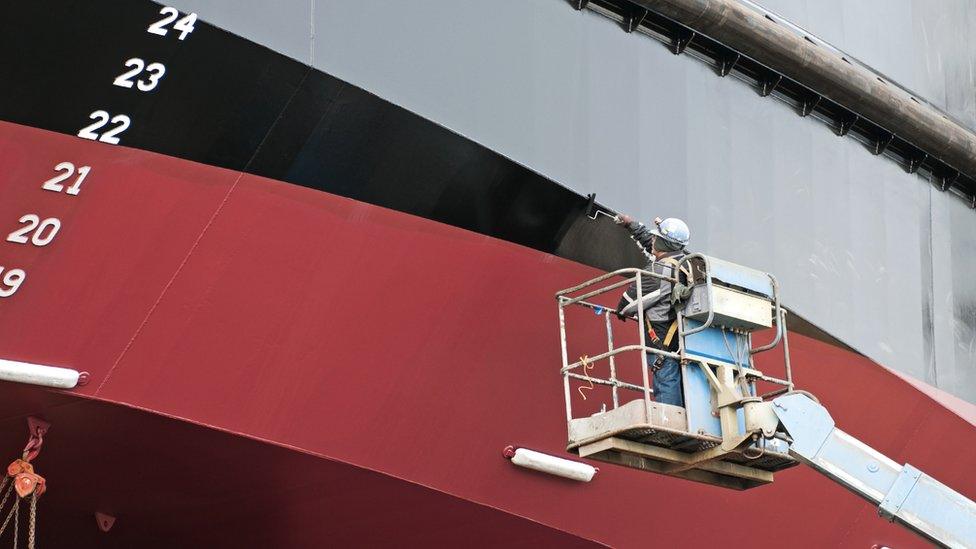
Paint could be one of the most common types of microplastics in the ocean - but scientists have warned that the threat it creates to sealife has been "overlooked".
Researchers carried out surveys across the North Atlantic and estimated that each cubic metre of seawater contained an average of 0.01 paint flakes.
These can come from ships and oil rigs which are covered with paint to protect them from corrosion, but it can flake off into the sea and harm marine life.
In their study, the scientists found that after microplastic fibres, paint was the second most commonly found substance.
How much paint is in the ocean?
They discovered an estimated concentration of about 0.16 particles in a cubic metre which means these fragments are likely to be harming large numbers of marine wildlife in delicate ecosystems.
Paint flakes appeared more densely distributed around the shelf seas of northwest Europe than in open oceans.
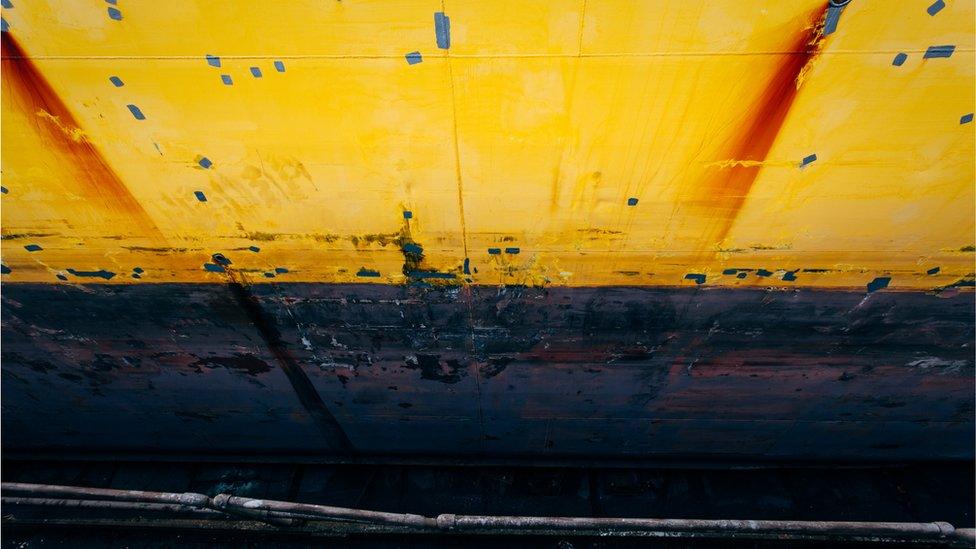
This is according to a new study carried out by scientists from the University of Plymouth and the Marine Biological Association.
Chemical analysis of some of the paint revealed high quantities of copper, lead and iron.
This could pose an extra threat to both the ocean and many species living in it that ingest the particles.
Is there a way to cut down the amount of paint entering the ocean?
By studying the chemical composition of the paint, the scientists were able to tell which areas of the ships it came from.
However in coastal areas paint may also come from buildings, waste and industrial sites.
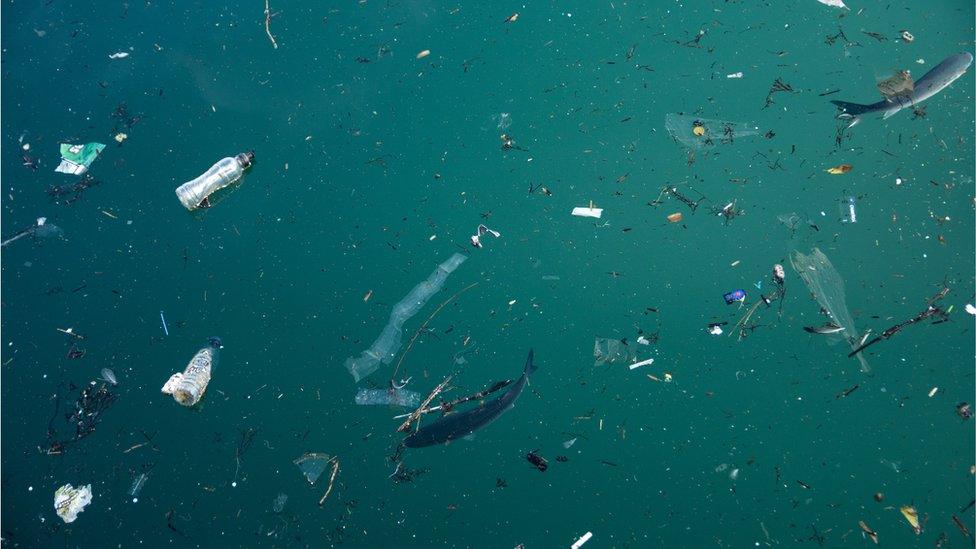
Lead author Andrew Turner, associate professor in environmental sciences at the University of Plymouth, said: "Paint particles have often been an overlooked component of marine microplastics but this study shows that they are relatively abundant in the ocean.
"The presence of toxic metals like lead and copper pose additional risks to wildlife."
They have recommended using more environmentally friendly, non-toxic paints and limiting inputs into the oceans.
How big a problem are microplastics?
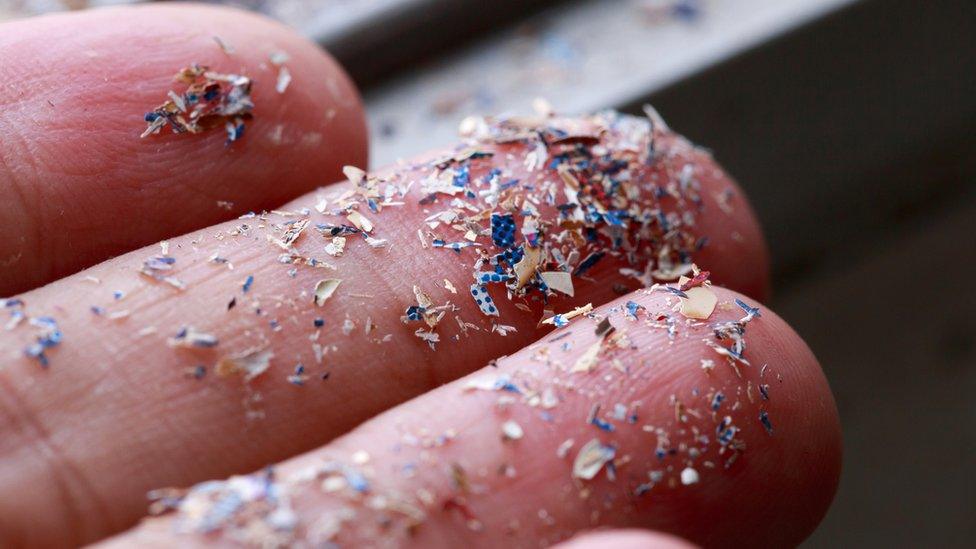
In 2015 study estimated that there were between 15 and 51 trillion particles of microplastics in the sea, but this number is now likely to be much higher.
At least 8 million tons of plastic end up in our oceans every year, according to the IUCN.
Most of the microplastics discovered on the sea floor originally come from our clothing, which can be made using man-made materials such as polyester.
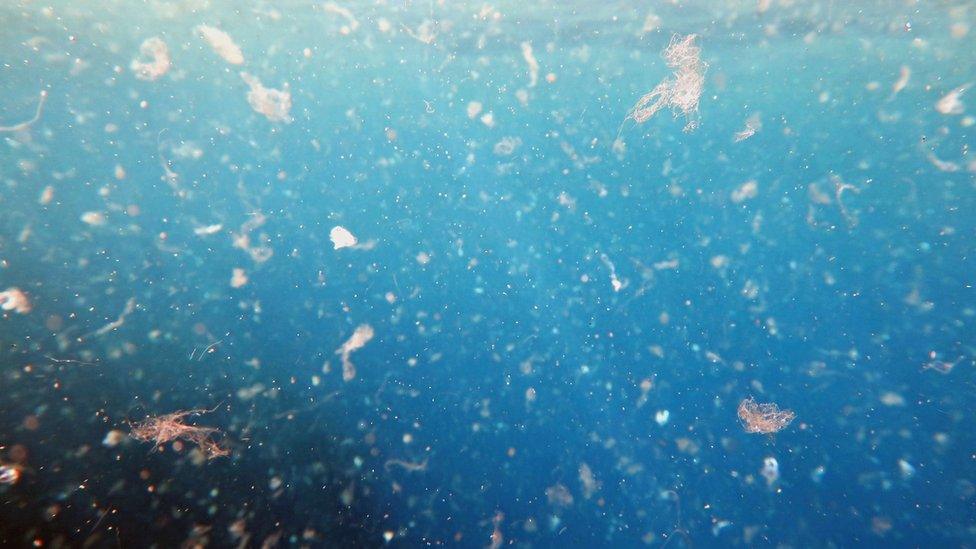
Thousands of plastic particles break off these clothes in the washing machine, but aren't caught by standard filters.
This rubbish then pollutes the oceans and can be harmful to sea creatures.
Meanwhile large pieces of plastic cause problems for marine wildlife if they are mistaken for food.
- Published13 June 2024
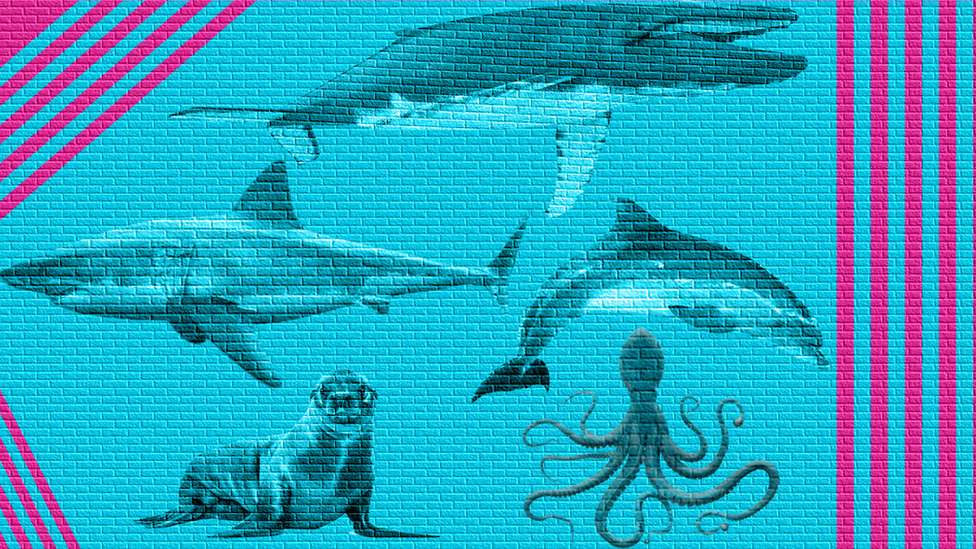
- Published1 May 2020
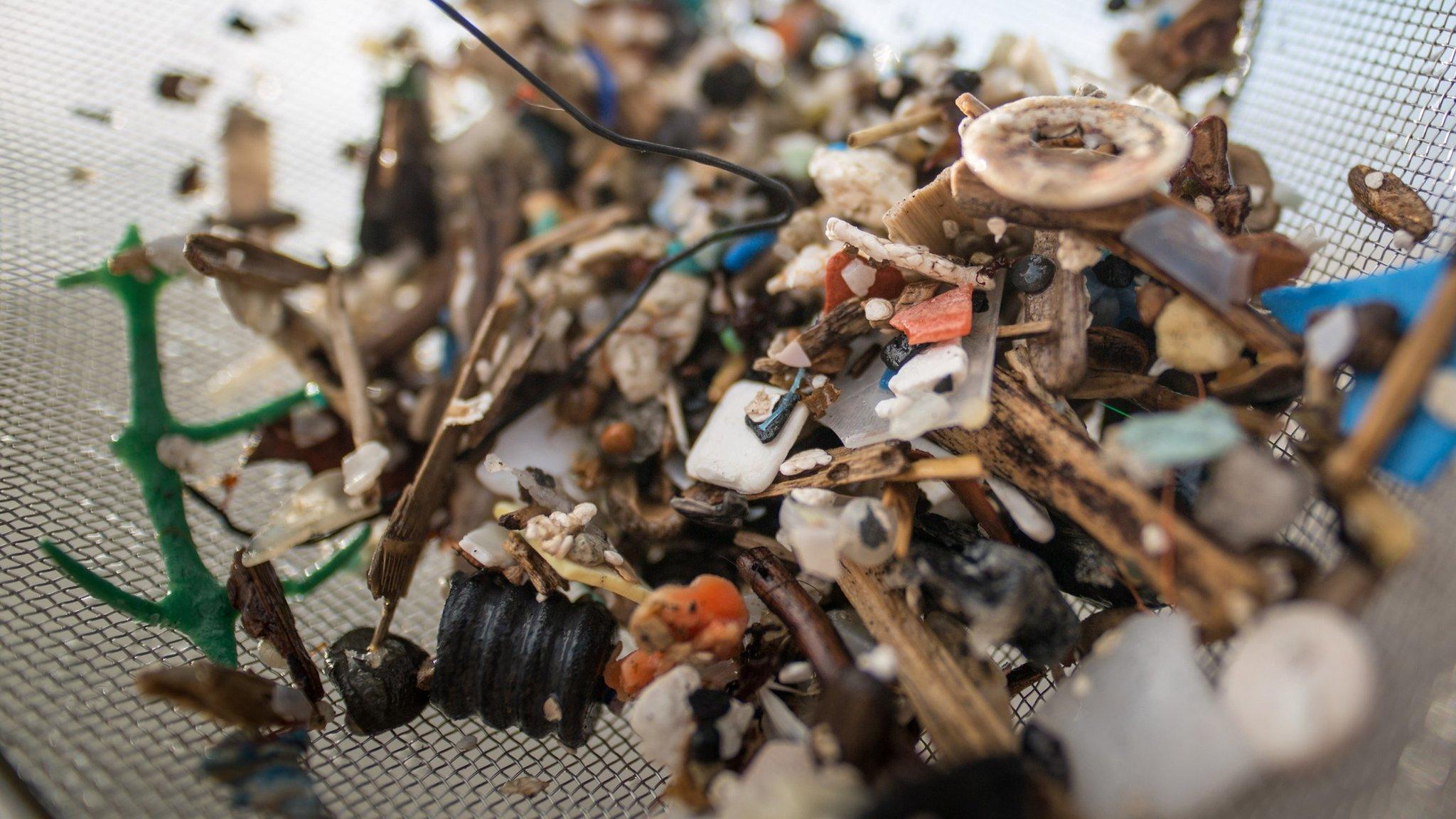
- Published24 April 2019
